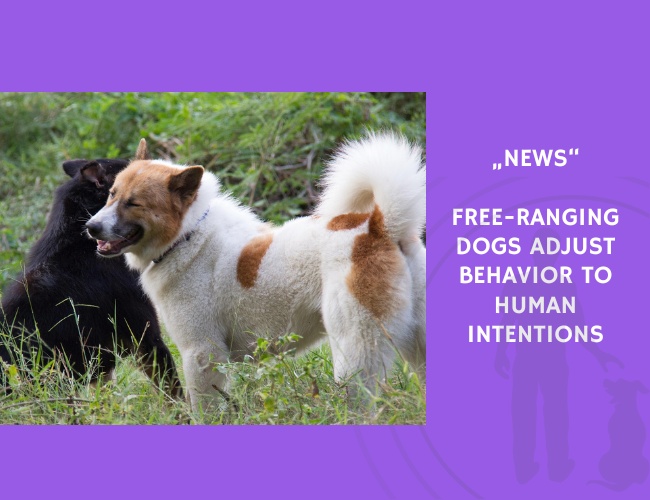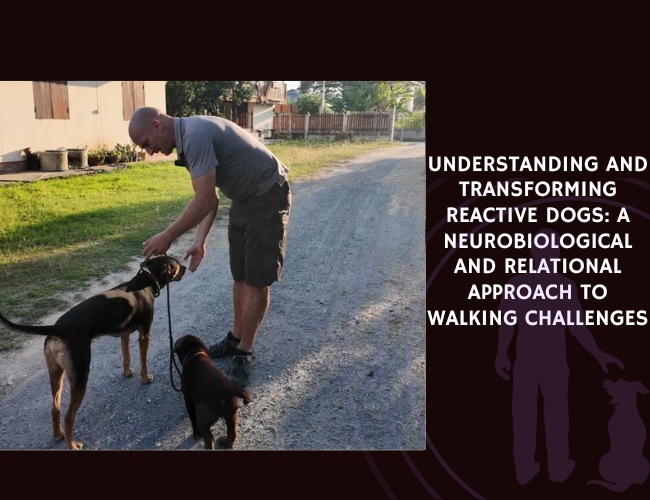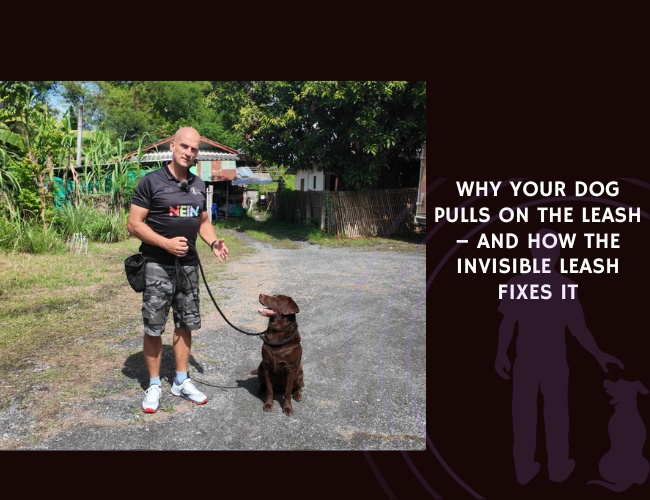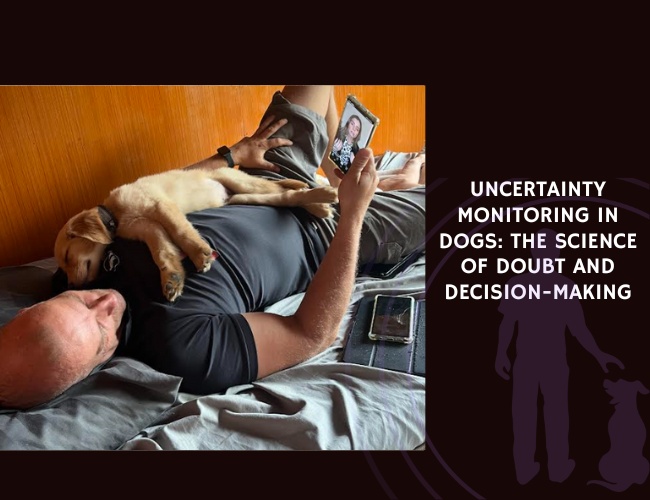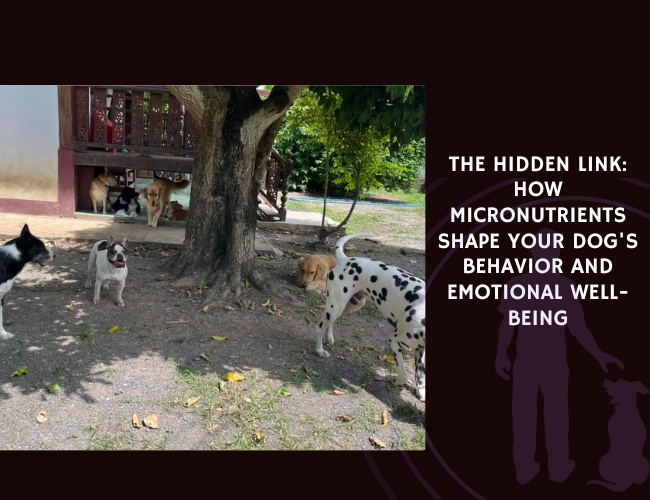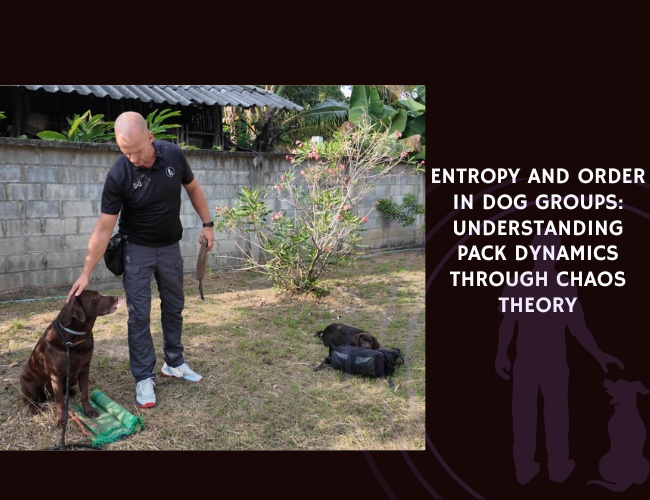While much research has focused on pet dogs, the majority of the world’s dog population is free-ranging, living in close contact with humans in urban and rural environments. Bhattacharjee and colleagues tested how these dogs interpret human intentions by presenting them with different social cues—ranging from friendly gestures to low- and high-intensity threats—followed by opportunities to access food.
The results showed clear behavioral flexibility. Dogs approached more readily when met with friendly signals, while threatening gestures made them keep their distance. Notably, only high-impact threatening cues had lasting effects, persisting even when food was later offered. This demonstrated that free-ranging dogs not only assess immediate risks but also adjust future actions based on prior human behavior.
These findings highlight the role of behavioral plasticity in helping dogs survive in human-dominated environments. By carefully reading human intentions, street dogs balance caution with their dependence on people for food. Such adaptive strategies provide insights into the evolution of the dog–human relationship beyond the domestic home, emphasizing the shared history of coexistence between species.
Source: Bhattacharjee, D., Sau, S., & Bhadra, A. (2018). Free-ranging dogs understand human intentions and adjust their behavioral responses accordingly. bioRxiv. Publication Date: July 23, 2018. References: 33. Citations: 35.

